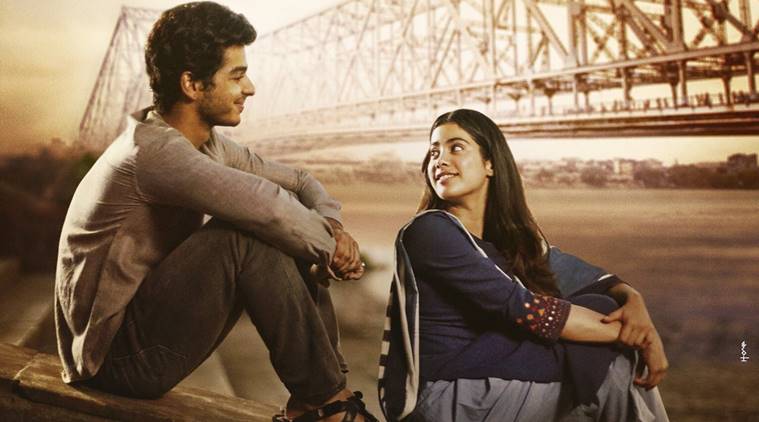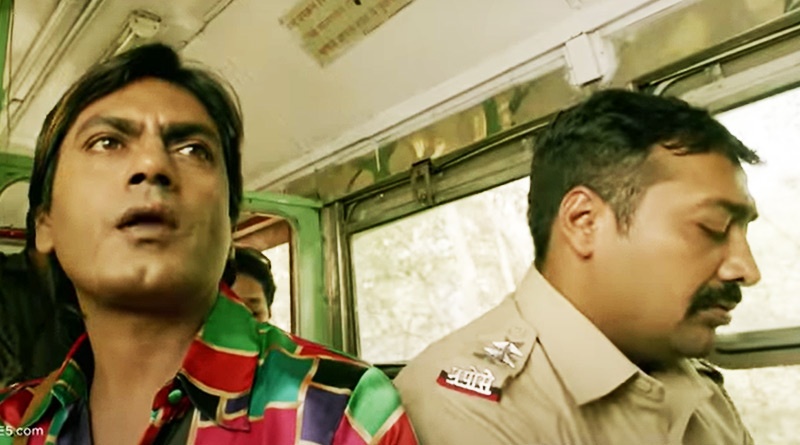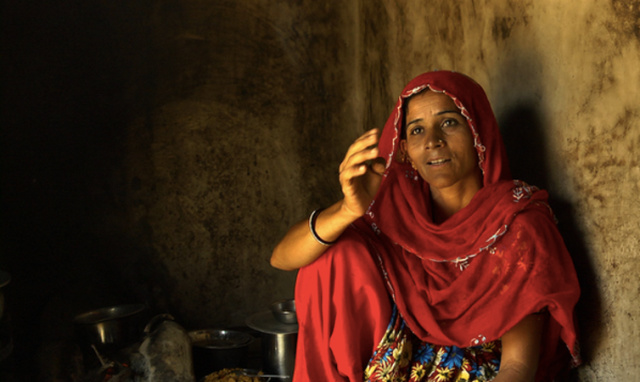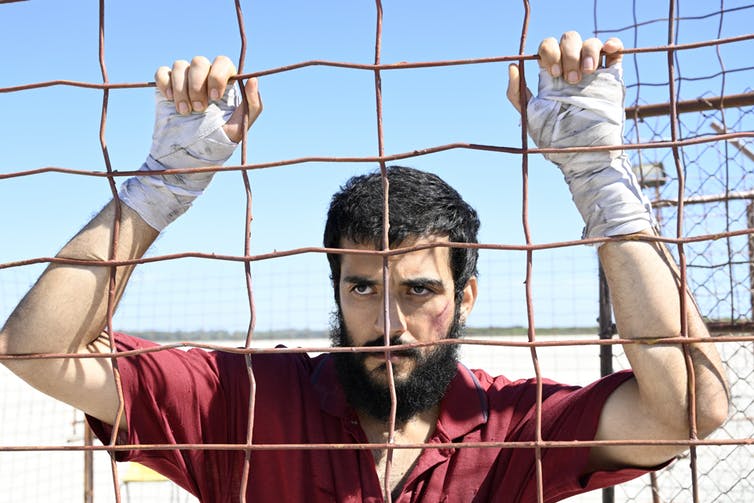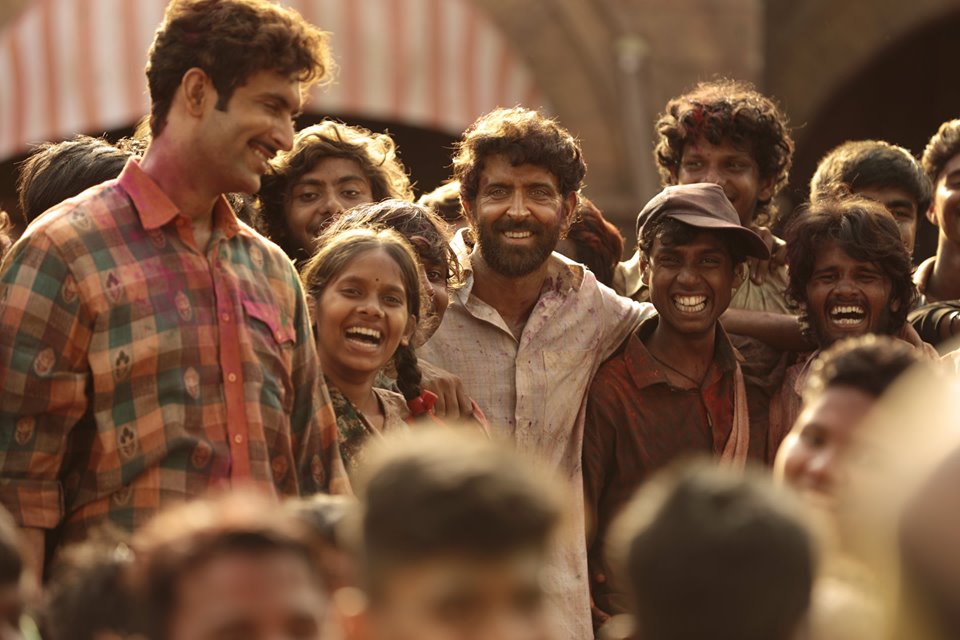FILM REVIEW
The film Dhadak released in 2018 similar to the film Sairat. The film debates the significant concerns around inter community matrimonial alliances and the question of honour killing.
A piece about Dhadak has to start with a comparison to Sairat. That is the case because the filmmakers themselves have said that it is a remake of the Marathi film.
Dhadak, was released in July, 2018 and the lead roles are played by Janhvi Kapoor and Ishan Khattar and the film is set in Udaipur. The story line of the film is not new. It is the story of a young couple who falls in love across caste and class boundaries and bears the wrath of the infuriated father and brother, of the girl, who feel that their honour has been maligned. It is about the extent to which men can go to control their women.
The first half of the film is shot in Udaipur. It was a pleasure to see the city I love on the big screen. Udaipur is the city that I settled in 10 years ago, leaving Delhi. It is the place I made home and even though the film had nothing much to offer, in terms of a riveting story, I was happy till the interval, just happy to identify the shops and restaurants and streets of the city.
The film as we all know is about “honour killing” and raises two pertinent concerns: the hatred towards ‘others’ and the desire and strategies of controlling women. I would like to explore both these ideas on two levels: national and Udaipur. I know Udaipur is part of the country and no reason why it would be any different. But Udaipur is a city I know and can be used as an example. Udaipur is a prominent tourist place and in fact the only Indian city to make its place in the best cities list created by travel and leisure magazine. It is also a feudal city with a royal family, aristocratic families and those who are related to the royal or aristocratic families. These two facts, without going into a deeper analysis, help us see the interesting dynamics of the city and its life.

Because of such a large inflow of foreign and Indian tourists, Udaipur comes across as a ‘modern’ and ‘liberal’ space. Families with old Havelis have converted their homes into boutique hotels, similarly small houses have also been converted into local spas, joints for authentic food, or small shops of handicraft. The old city area is full of such new and old entrepreneurial set ups and they are also spread across the city. There is a constant opening and closing of ventures aimed at the tourists.
As a result two things happen for sure, most people are adept at functional English and they are exposed to differently dressed people from different cultures and very different value systems. Though both these things do not indicate that the in-house value system would get affected but it definitely is different from let’s say Ajmer or Barmer, that do not see as many tourists.
On the other hand the traditional aspect of Udaipur linked with the Rajput pride is also very evident. You see traditionally dressed women driving Jeeps, cars and scooters. There are women who almost all their lives wear Rajputi Poshak and the shiffon sarees (the kind shown in the film), with head or shoulders promptly covered. There is a very conscious and visible attempt at maintaining the exclusivity of Rajput culture and this exclusivity is then used to ensure a hierarchy of culture. The admiration and emulation of these overt signs of being an upper caste, by people from other communities, is what gives further validity to their being “upper”.
The almost ridiculous looking scene in the film is where the brother of Parthavi, the lead protagonist, enters the class and insults the teachers. Is this possible? I don’t know about now, but my colleagues say that it was very likely to exhibit this kind of behaviour when they were in college, which would be around 15 years ago. A Rajput friend relishes narrating the story of how he once took the stage to sing a famous folk song about Maharana Pratap in his college annual day function and his other Rajput friends ensured that no one, no teacher or student, could leave the auditorium.
Universities though were and are melting points of cultures and castes. And that’s where tragedies like this begin. Girls and boys of different castes meet, make friends and sometimes fall in love. They come with their own caste biases and stereotypes and yet venture out of the sanctioned circle of socialising.
What is happening at the national level is in some ways similar to this tussle of on one hand people from different communities (caste and religion) coming together, in apartments, offices, educational institutions i.e. a blurring of boundaries and on the other hand a Dalit boy being killed for buying a horse or riding a motor cycle, i.e. continuation of oppressor-oppressed reloations. This process of ‘othering’ is not limited to Dalits but also to the muslims and other minority religions. Perhaps someone somewhere sits down and schemes, ‘we need to scare the girls away from Muslim boys, so how about the concept of Love Jihad’. It is as sinister and scary as the stories that some of you may have heard almost two decades ago about HIV+ people going around with needles to prick you and give a tag “welcome to the world of AIDS”.
Coming to the second aspect that the film raises is about the control over women. The film starts with the power hungry father of Parthavi denigrating the opposition leader on her inability to control her daughter. The mother ‘an upper caste-cultured woman’ is always shown with a forced and scared smile on her face. And the earlier doting father swears to kill the daughter who maligned his honour.
Honour killing is the extreme step among many other steps taken to control women and their sexuality. Purdah, separate seating in social gatherings, curfew time at home, constant control over friends, restrictions on work, constant chaperoning while travelling etc. are all attempts at controlling who she meets and what she does. The pride that Indian families take in saying, we don’t ‘let’ our daughter in laws to work or now a days in saying that we ‘let’ our daughter in laws to work, belies the mind-set of control.
But, “times they are a changing” (Dylan, 1964) and it is perhaps not so easy now to hold teachers hostage, or keep a tab with whom the daughters or daughter in laws meet and talk. And yet the so called modern city of Udaipur a few years ago was shaken by its own story of honour killing and that too in apartments, which are again thought to be the modern way of life.
The film was unable to show much of persistent caste and class divide and how it manifests in the everyday life of the individuals but it did show the simmering hatred in the upper castes and classes who no longer are at ease to openly discriminate.
The movie has a horrific end. The able men off the upper caste track down this young couple bearing gifts. Parthavi is fooled into believing that time has changed the blood thirst that she had barely escaped the night she left Udaipur and admires the silk kurta for her one year old son. And within minutes she sees the dead bodies of her husband and son being flung from the window.
Is it possible to hate your kin with so much intensity to perpetrate such crimes? Well, the newspapers everyday tells us that it is. And much worse is possible when we stop seeing a human being for what she or he is and only see the caste or religion or the propaganda.

